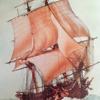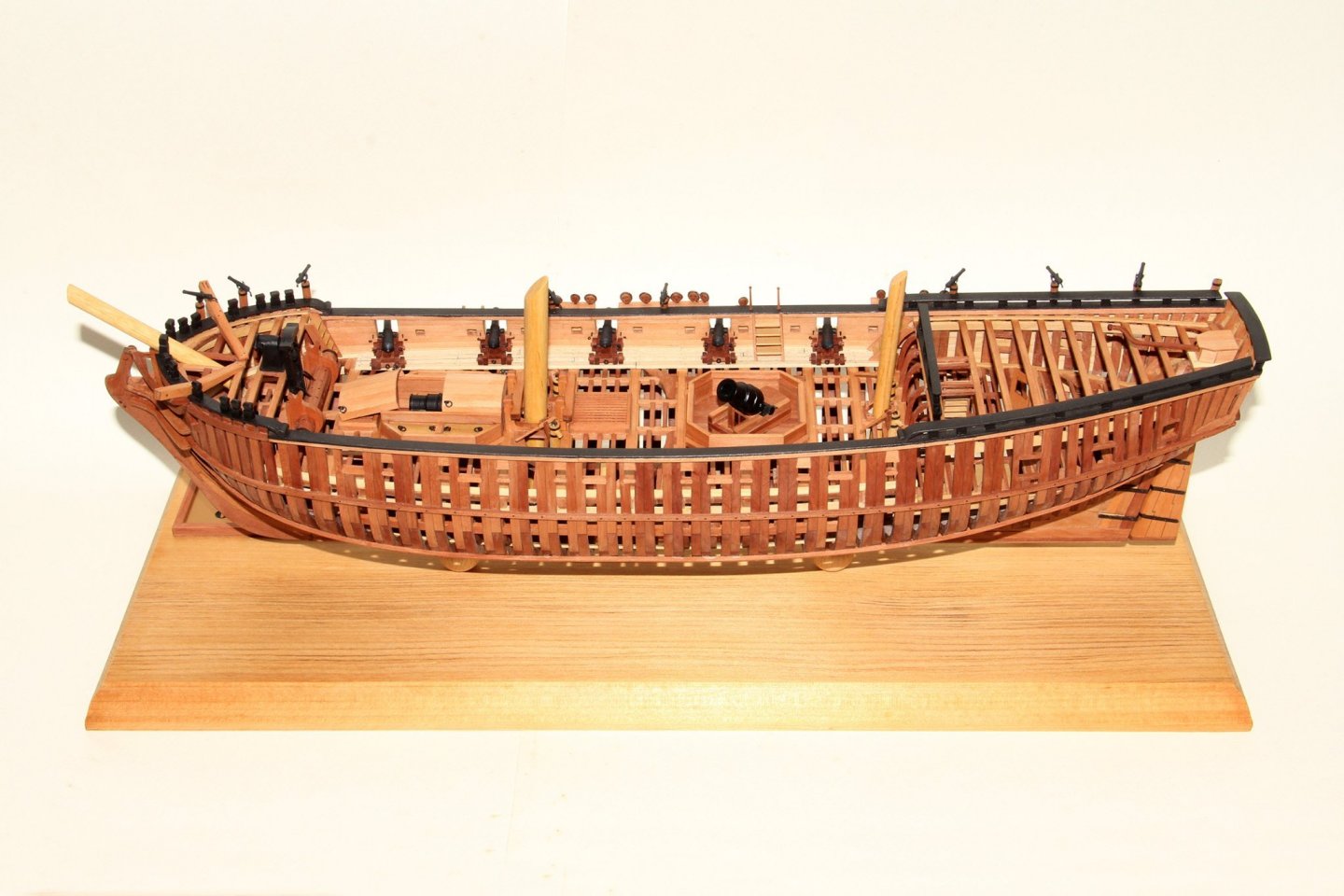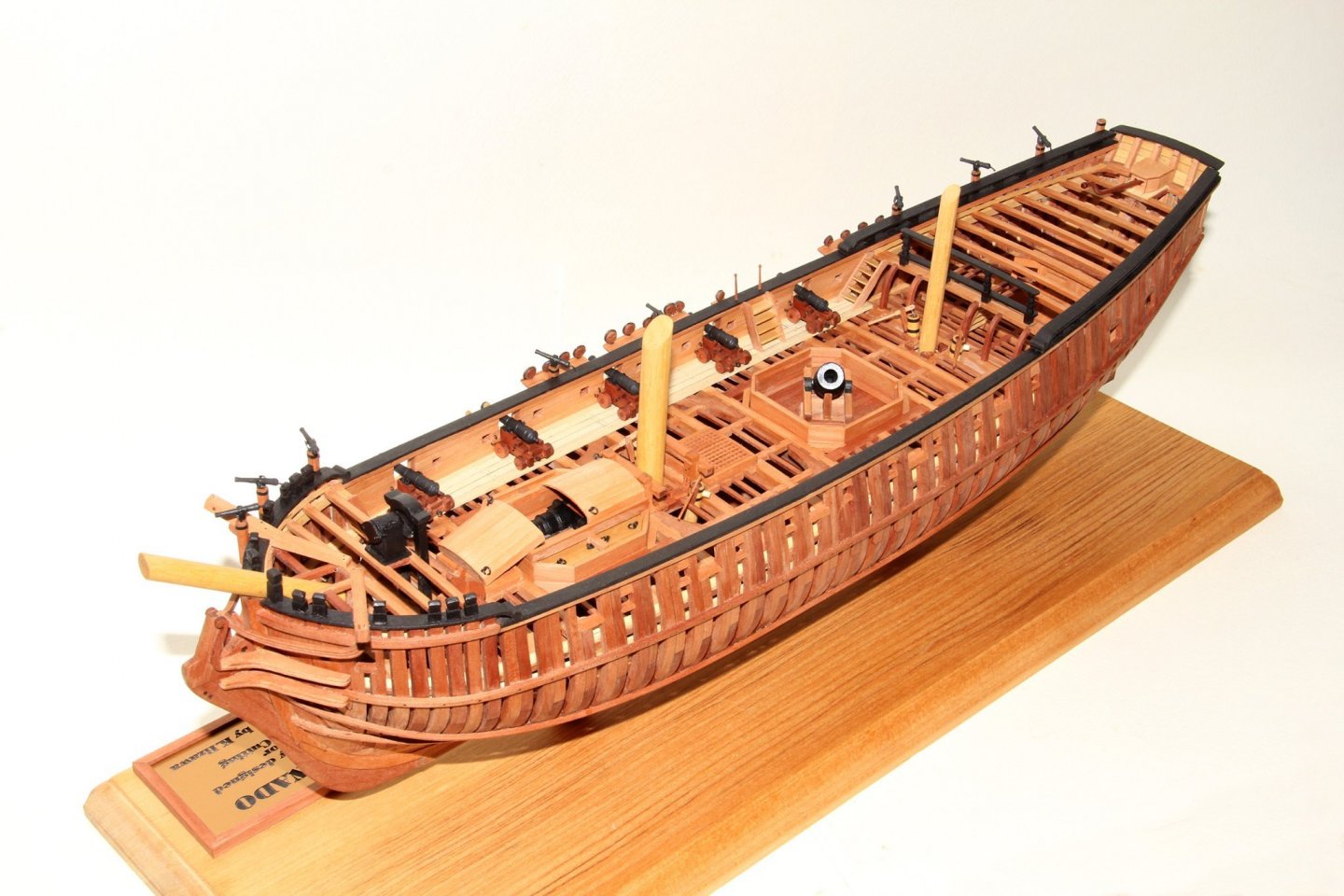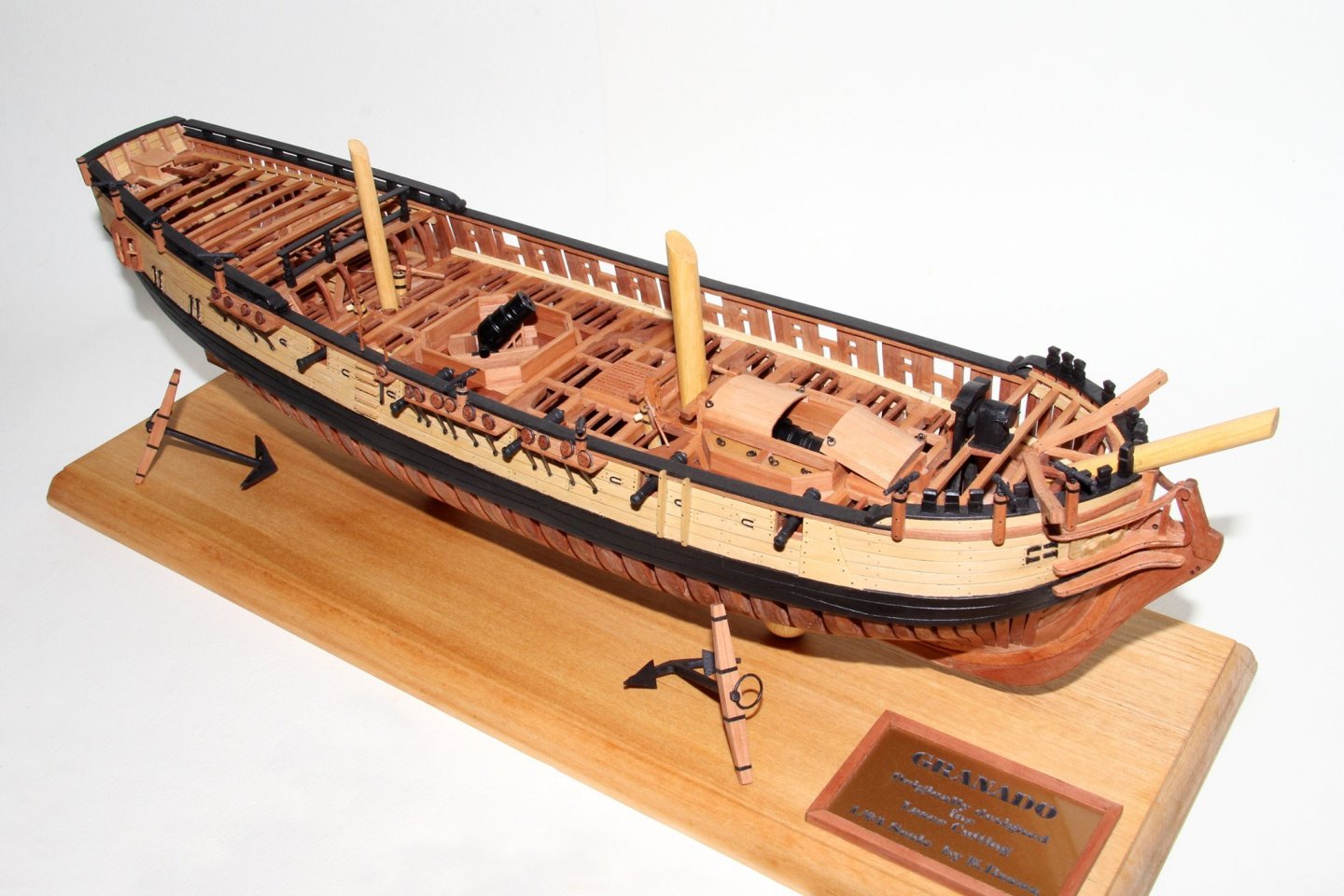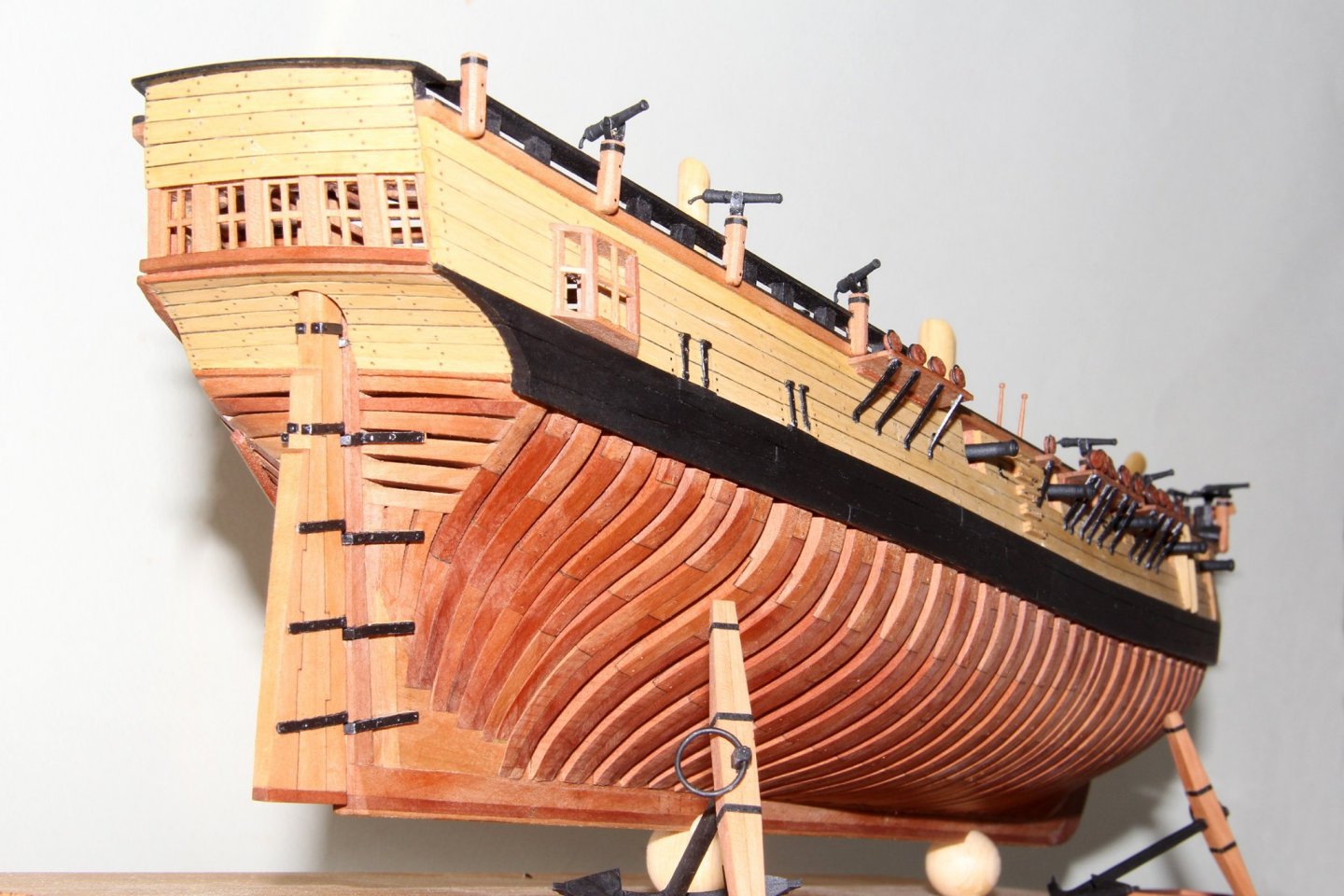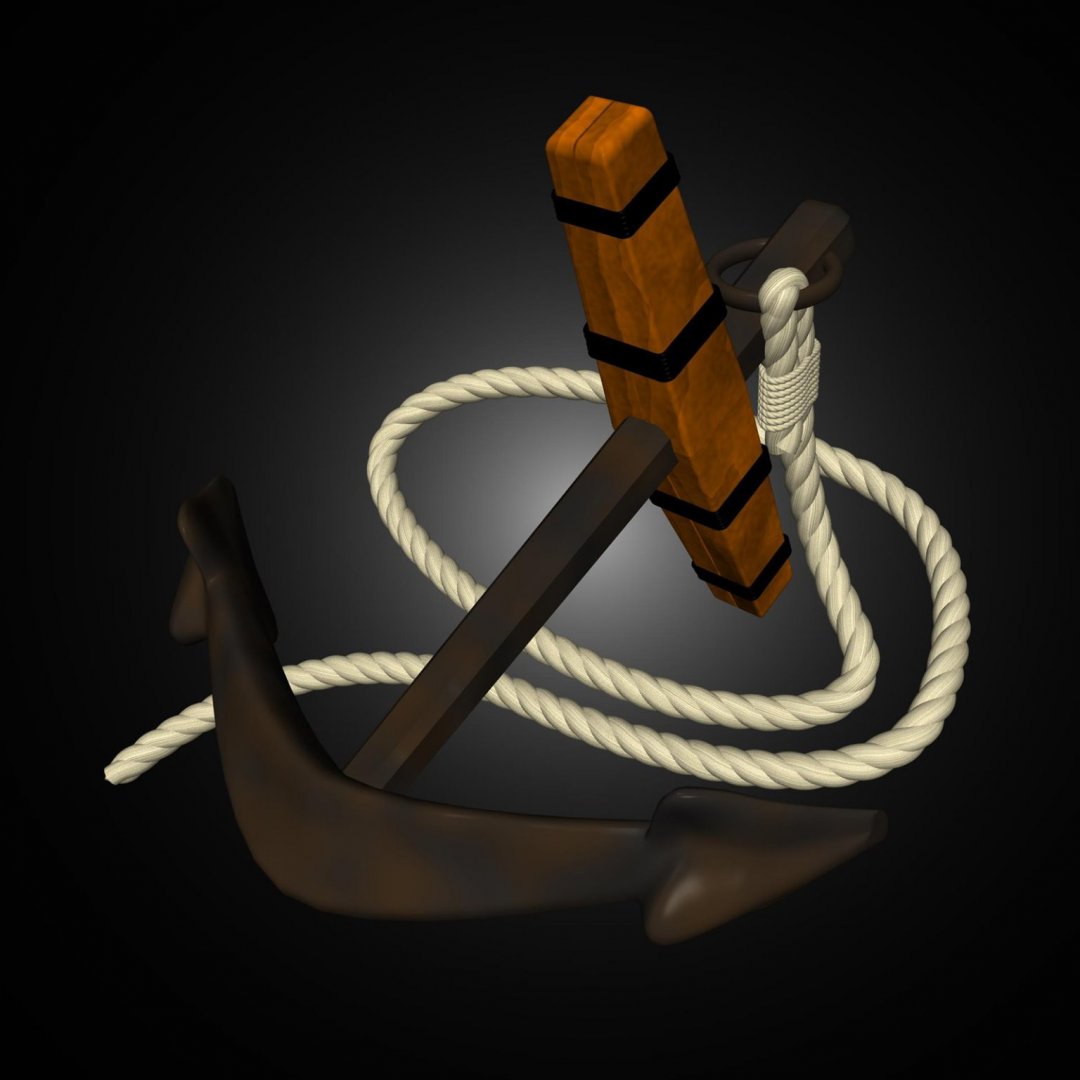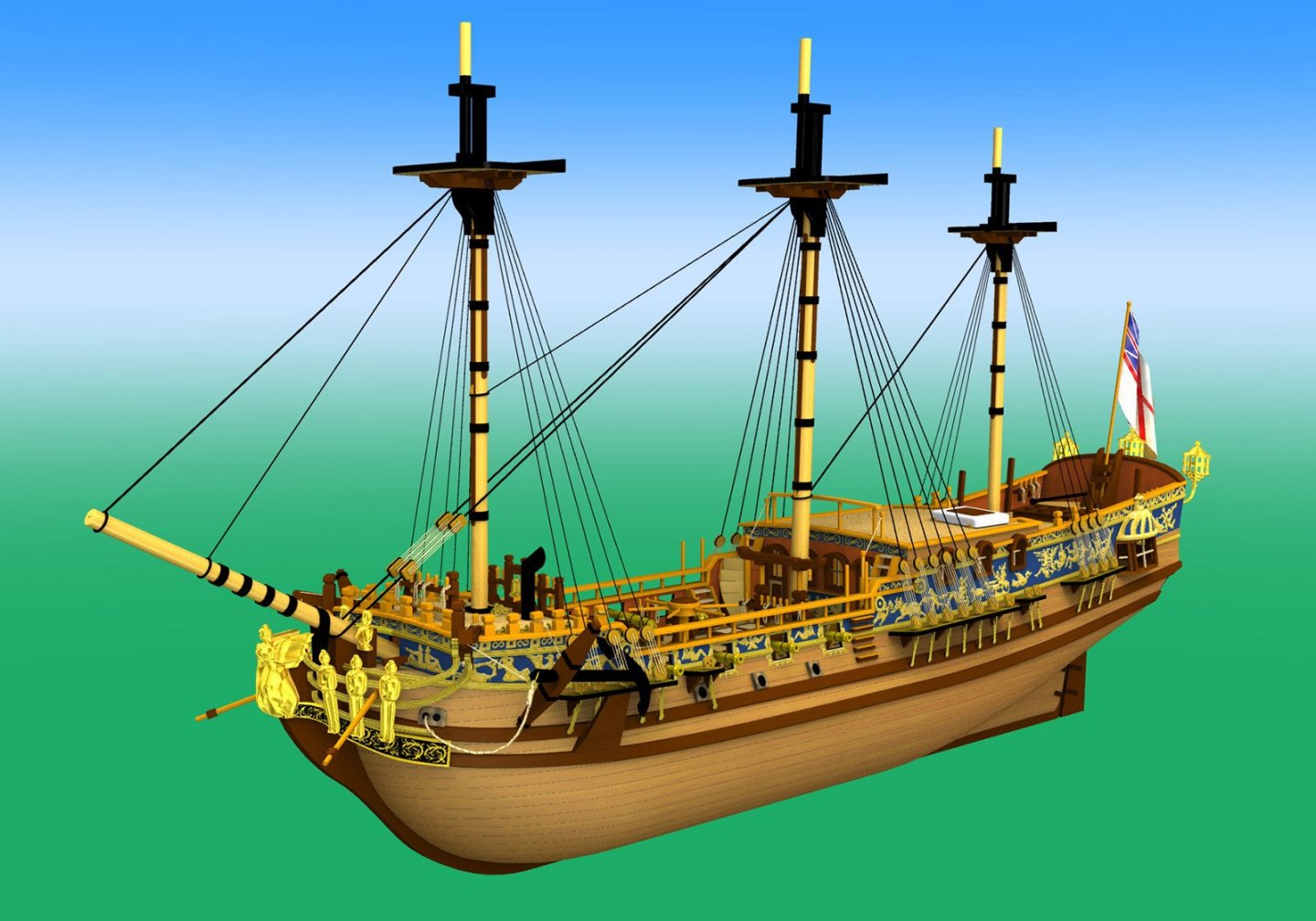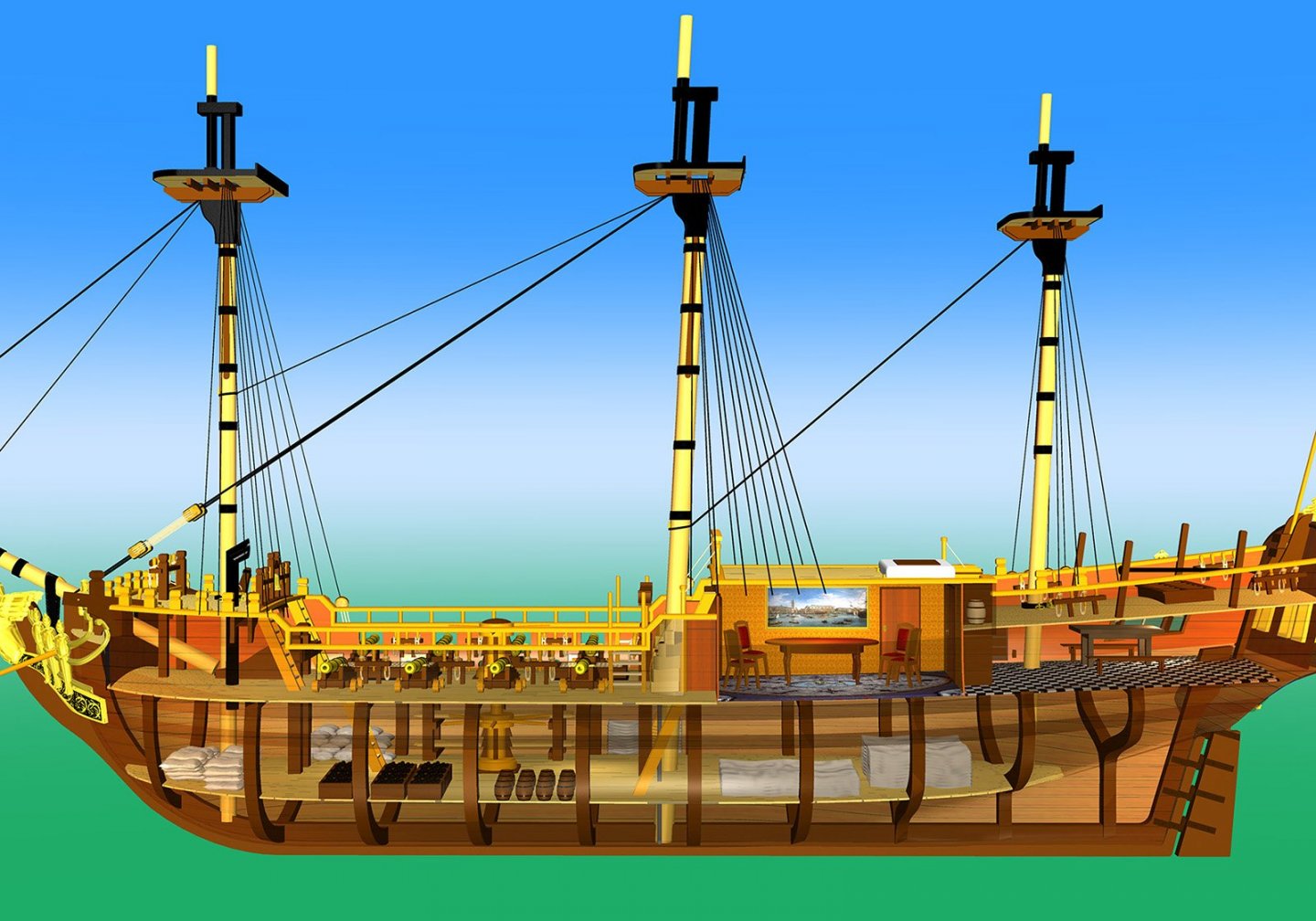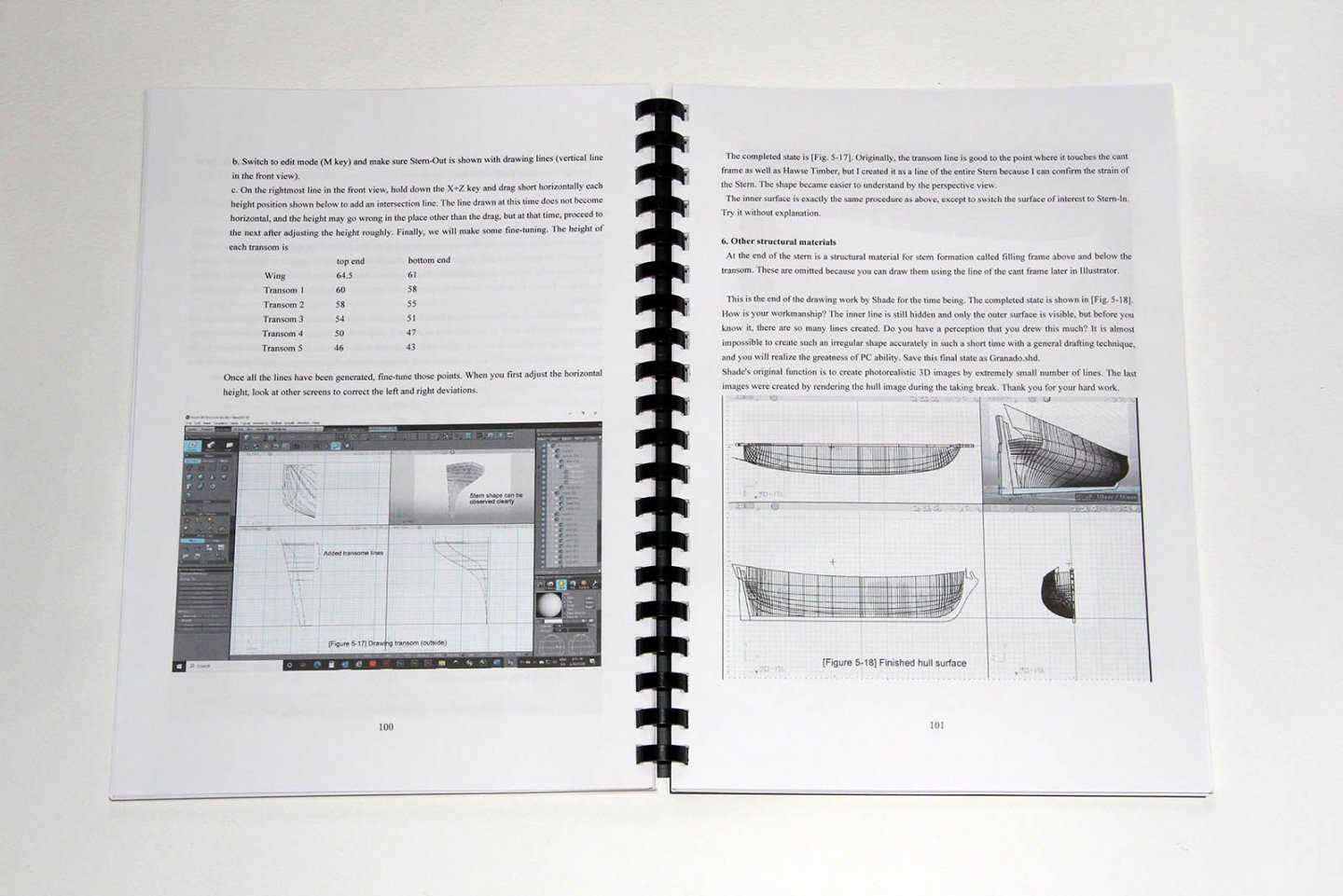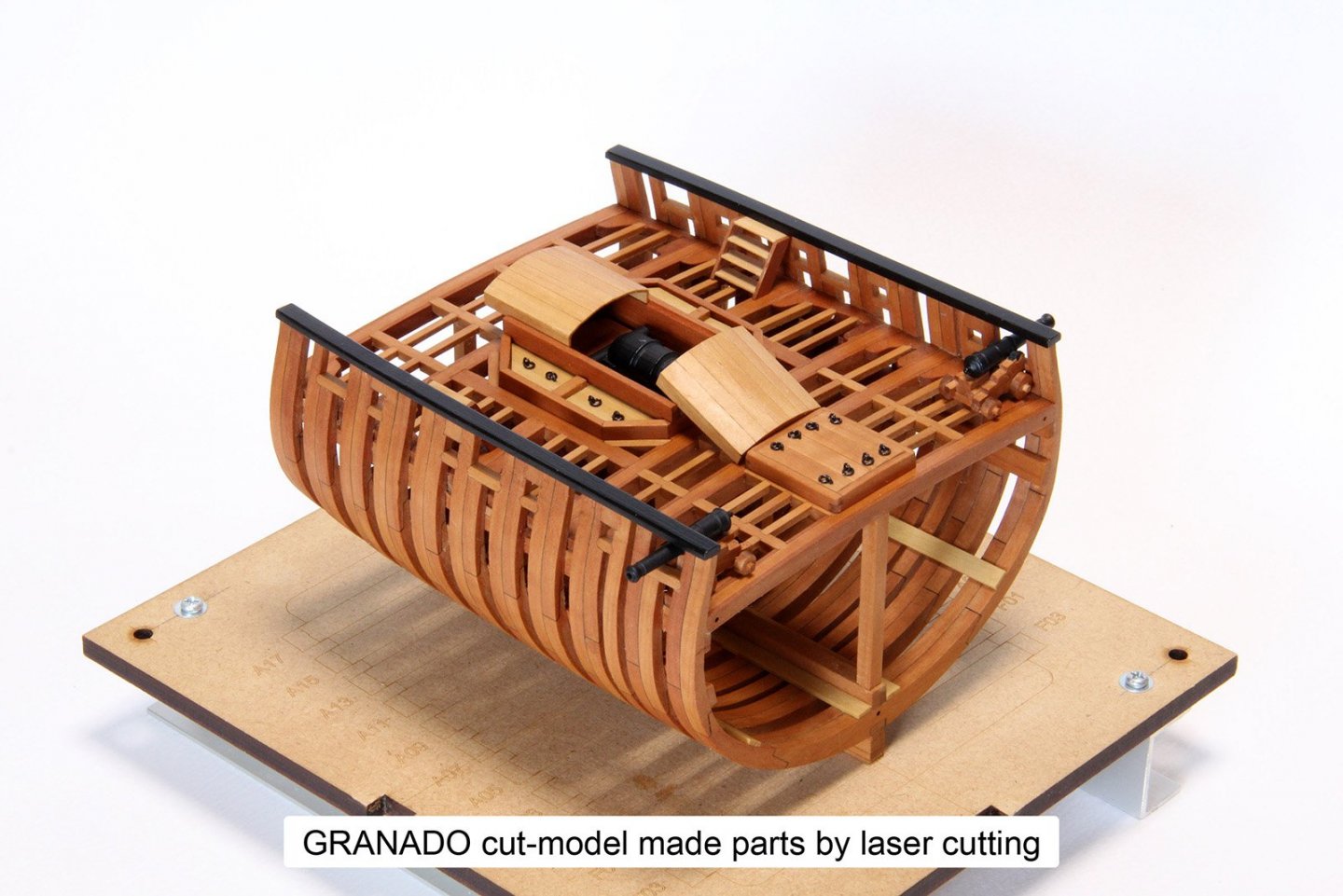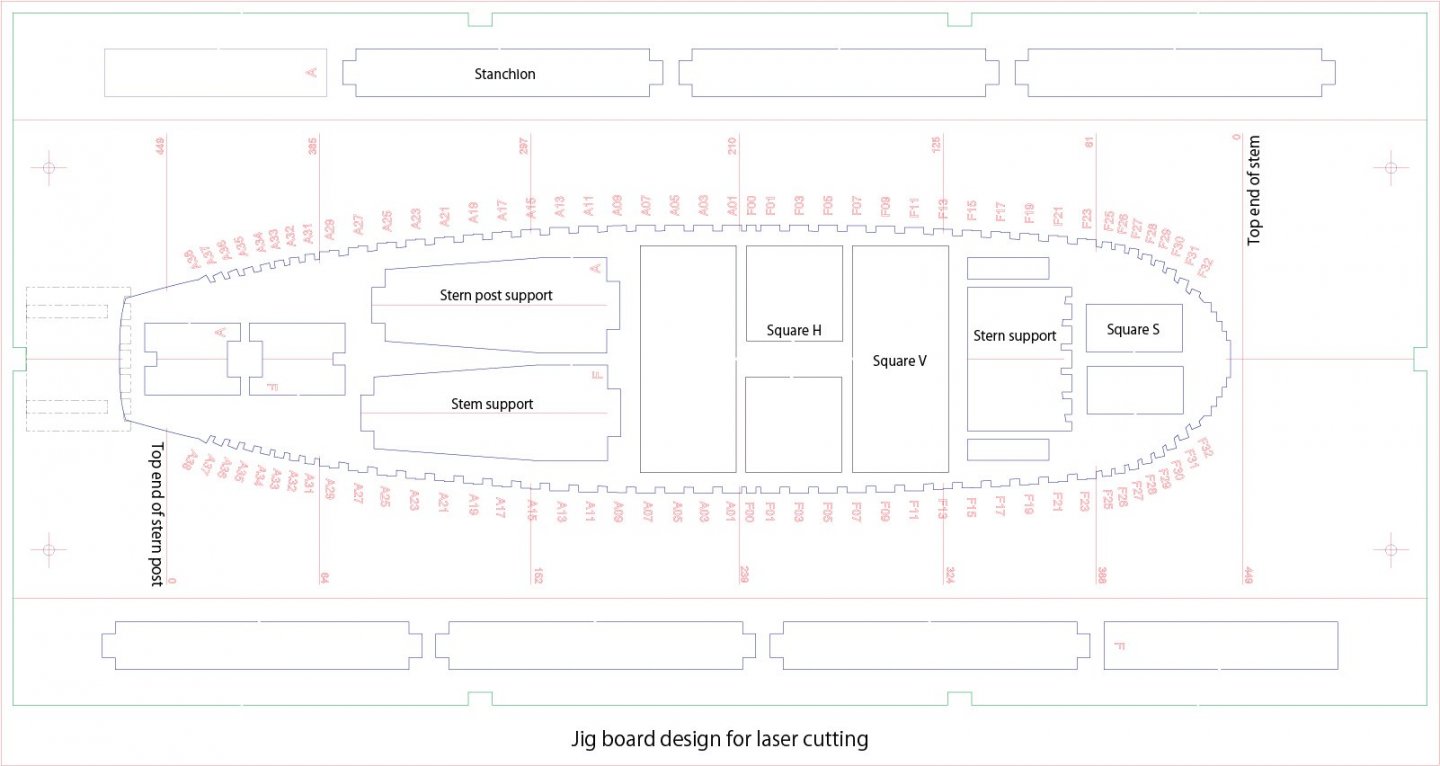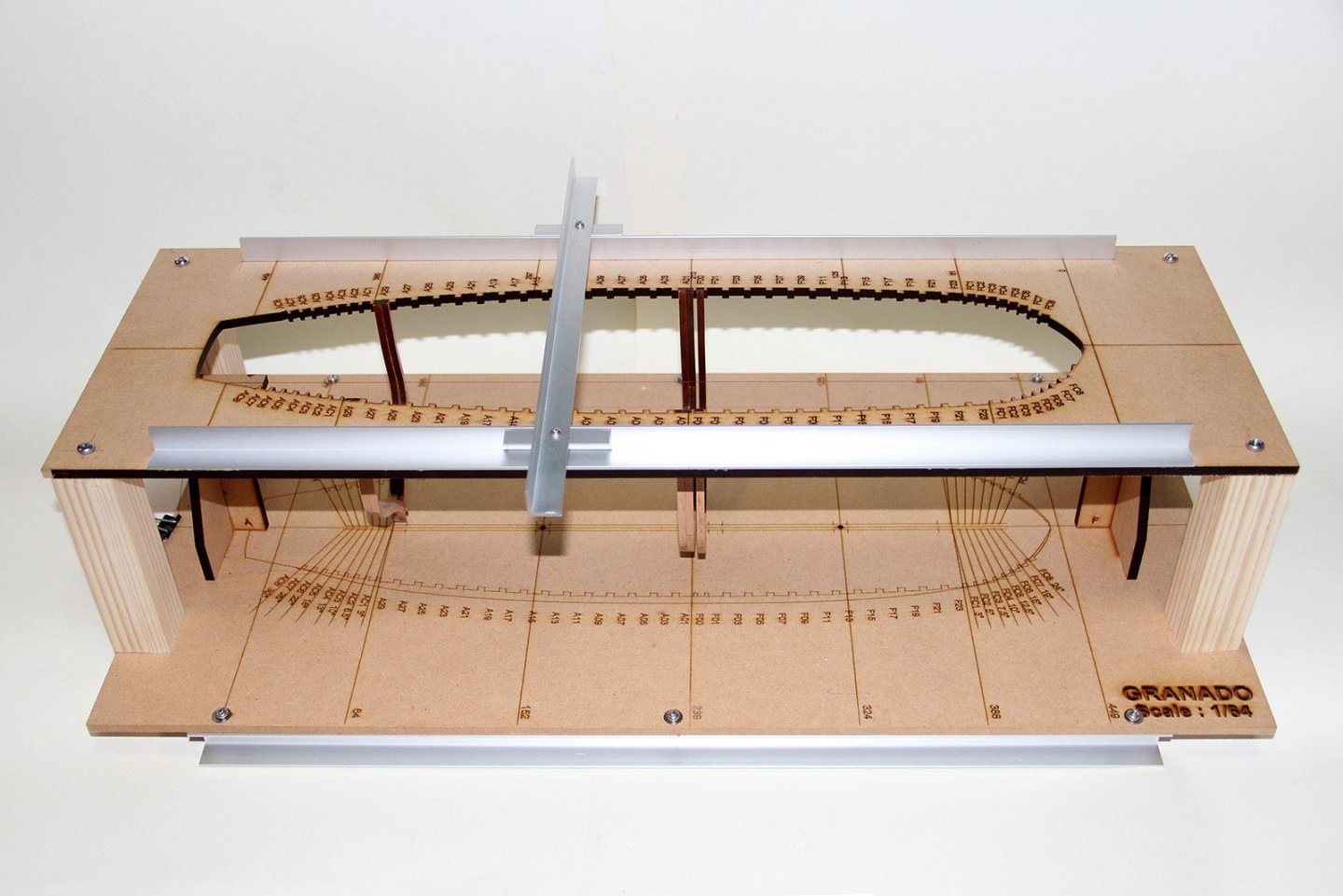-
Posts
28 -
Joined
-
Last visited
-
Hi Gerd,
I send the link to Onedrive again.
Please try to access again.
Thanks Kiyoo
-
Dear Mr. Chris Watton,
Please excuse the sudden PM.
My name is Kiyoo Iizawa and I am a member of MSW forum. I am also a member of the one of Japanese Sailing ship Modelers Club.
In March of this year, I posted on the MSW forum a method I devised for scratch building of structural models, especially for beginner modelers, and received a lot of response from people around the world. I understand that post was referred to you as well. As you can see in my last post recently, my method has been confirmed as successful.
Several people who have viewed my posts have requested the manual that I provided them for reference.
The data in the manual I provided includes the design and laser-cut data for the prototype Granado, which can be used by anyone interested in building it.
For the personal laser cutting of the parts, I ordered the cutting sheets from you through Micro Craft in Japan and was able to get them successfully. The contents are pear wood sheet 0.8 mm to 6.0 mm thick, with a size of 100 x 500 mm.
The reason I am writing this email is to ask if it is okay to introduce your company in the MSW forum that people around the world can inquiring about the availability of materials from you to obtain the same board material as their design data.
Even if you do grant me permission, the terms of sale, etc., are up to you, and all I will do is simply refer viewers to introduce about the availability of the materials for build. I don't want this to be a burden or interfere with your business, and this is just an inquiry of doing introductory offer, but I hope to hear good news from you.
I will also provide you with the above stated manual and design data, if needed, for your verification.
Best Regards,
Kiyoo Iizawa
A member of Yokohama Sailing ship Modelers Club (YSMC) in Yokohama, Japan
-

Dear Mr Kiyoo Iizawa,
Thank you for your message. I have seen your work and it is very wonderful!
Of course you can mention where the materials come from, I do not mind at all. Microcraft, Mr, Konishi, is a very nice customer.
I now use 0.6 and 0.8mm wood in my own kits.
because of how popular HMS Sphinx has been, I used a lot of my stock to make kits, so I am awaiting new stock, but I can sell to individual customers.
Kindest regards,
Chris Watton
-

Hello Chris,
Thank you for your prompt response and permission to make the announcement.
If you receive any inquiries by my source referral, please respond with your own terms and condition of sale.
It would be a great pleasure if my data could be used by anyone.
Thank you again for your help.
Best Regards,
Kiyoo Iizawa
-


